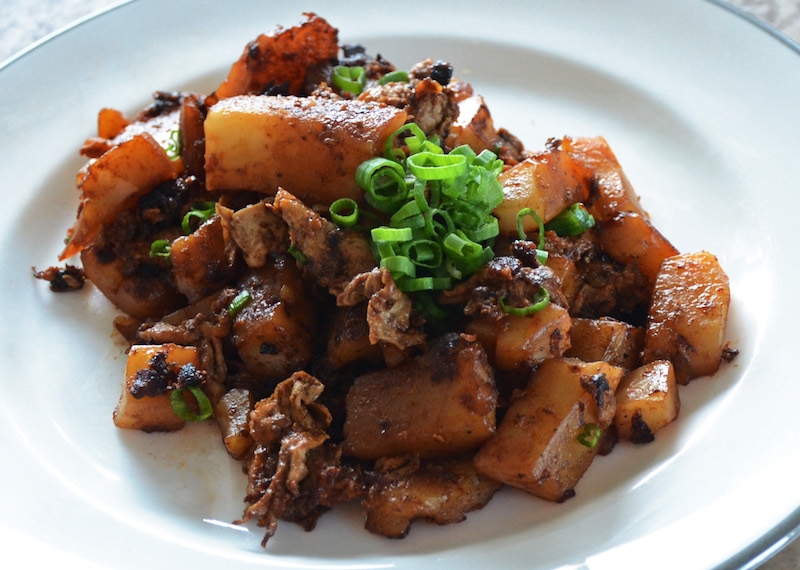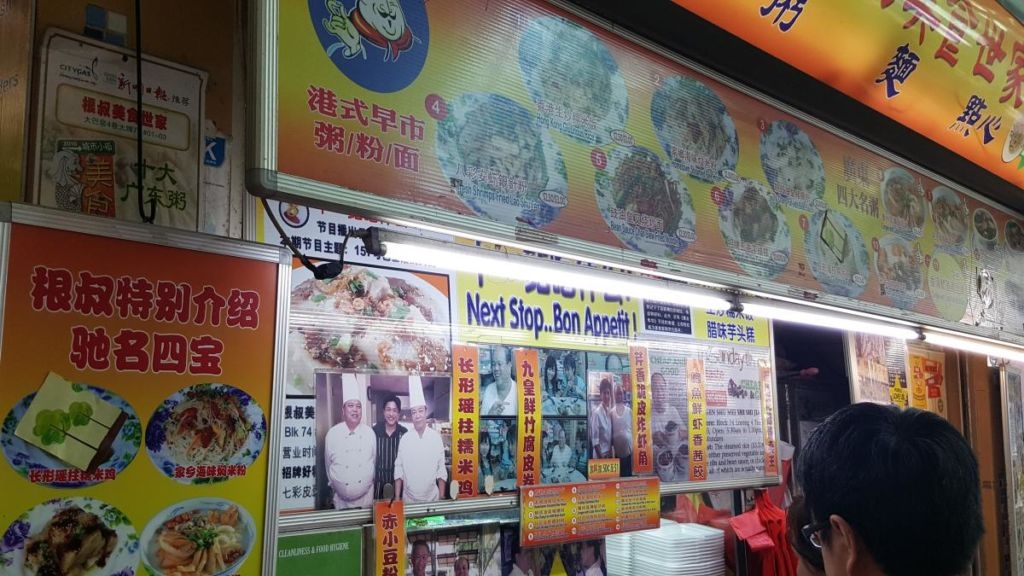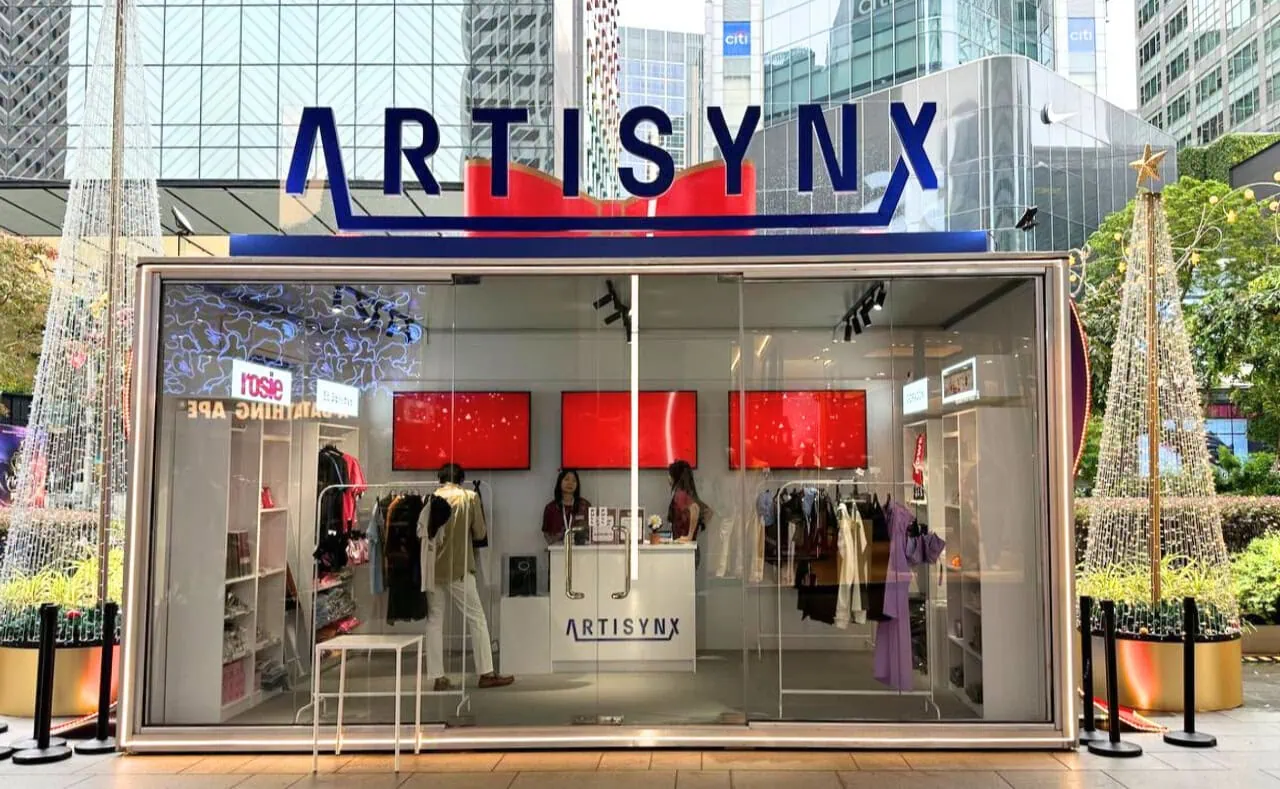It’s been a daunting month for the crisis communications team at NTUC Foodfare. News of their merger with competitor food centre chain Kopitiam in late September were soon overshadowed by allegations of tight-fisted contracts with the hawkers of Old Airport Road Food Centre.
In a since-deleted Facebook post, regular patron Gary Ho alleged a list of problems, such as mandatory insurance premiums, increased cleaning costs, and “very long” opening hours. In response, NTUC Foodfare clarified that only two new stallowners who entered after NTUC Foodfare took over in July 2017 have to operate at least eight hours each day.
Less than a month after, NTUC Foodfare found itself in the spotlight yet again, as an online report published yesterday (19 Nov) alleged that an elderly hawker passed away after working 18-hour days to avoid a hefty fine by NTUC Foodfare, who rejected an appeal to shorten operating hours.
https://www.facebook.com/Foodfare/photos/a.601596133183792/2199120270098029
The story is still developing, as is its legitimacy, but it already sounds familiar. Many similar “David vs Goliath” incidents in the previous months have seen dramatic backpedalling by operators and at least one discussion in Parliament.
Much has changed since the case that started it all in early September: a “miscommunication” between Fei Siong Food Management and the hawkers of Ci Yuan Hawker Centre over a $600 quality control management fee and $50 coin exchange fee imposed on hawkers.
Most recently, a stipulation for hawkers at Our Tampines Hub to remain open 24 hours a day was cancelled by operator OTMH, the social enterprise arm of Kopitiam.
The buzzword of the year has morphed from “class divide” to “hawker culture”, as Singapore guns for its hawker culture to be listed on the UNESCO Intangible Cultural Heritage List. But where do we go from here?
Makansutra is very concerned and you should be too
It’s heartwarming to see Makansutra founder K. F. Seetoh speak truth to power about how our collective bellyaching and Facebook shares can lead to contractual amendments.
Seetoh has spoken publicly on behalf of the underdog hawker in the various cases, even penning an open letter to Senior Minister of State for the Environment and Water Resources Dr Amy Khor, who has borne the brunt of being the political face in the hawker culture debate.
In his interview with Yahoo Singapore last month, Seetoh believed that “indignant” public reactions would pave the way for changes in the social enterprise business model.
Seetoh reiterated his longstanding position that ultimately, the authorities should take over the management of these hawker centres and charge hawkers a lower rental fee than market rate.
“Why you hand to these KPI, profit-driven companies to run these hawker centres? To be fair, nobody knows how to run hawker centres except the NEA. Not even the big boys,” said Seetoh, who praised the government for its ability to build thriving hawker centres.
—Yahoo Singapore, Oct 19
This, however, marked a shift in his stance from an earlier interview with Channel NewsAsia. In his comments about the Incubation Stall Programme for aspiring hawkers, Seetoh felt intervention from the authorities would stifle the organic spirit of hawkers.
“I think the Government should stay out of this. They are not fit. They are not qualified,” he says definitively.
“Because they’re only throwing money at you. Hawker work is tough. Just because the Government wants to incubate you, doesn’t mean this job is easy. You have to cook well, know how to reach people, know how to cook a hundred portions an hour and so on. A short course is not enough and pumping money into the industry to fire this up may not be helpful. It gives people the impression that it is so easy. They say, ‘Let’s go and do a ‘try, try’ thing’. It’s easy to walk out when you are funded by somebody else’s money, but if it’s your own and you realise that this is good, this is what you really want to do, it’s a different story.”
—Channel NewsAsia, Jun 3
Perhaps understandably so. There is little purpose in nitpicking our shortcomings in shaping potential hawkers when there’s been so much bad press about how we treat our current ones.
As an educated populace, Singaporeans look forward to comfortable jobs and balk at the thought of waking at odd hours, earning little, and dealing with various people and their varied demands.
Seetoh’s underlying message remains clear. Hawker culture is important, but being a hawker is difficult work. To survive, the industry needs the best help it can get.
(Much like journalism today, so support your local reporters.)

Hawkers have to eat too
A concept, yes.
In April last year, Kyle Malinda-White of Popspoken mused about the dissonance of Singaporeans paying high prices for modern Singaporean cuisine (Mod-Sin) and hawker fare reproduced by upmarket hotels.
Undergraduates Popspoken spoke to then felt that the hawker trade risks dying a slow death if prices continue to be as cheap in the face of mounting costs.
Over the weekend, Channel NewsAsia released an episode of Talking Point confronting Singaporeans with the actual dollars and cents of being a hawker.
One man thought the profit margin for a plate of nasi lemak was S$1 to S$1.50. When told it was 30 cents, he exclaimed: “I don’t believe it. How to survive with that!”
Another man was also surprised at the same profit margin for a S$3.50 bowl of ban mian (flat noodle soup), thinking it was S$1.50 instead.
But despite saying that 30 cents was a low margin, he would not pay for the same bowl if the price were S$4. “I’d change my food,” he said. “Because hawker food is mostly catered for the low-income group.”
—Channel NewsAsia, Nov 20
While discussions about the rising costs of living typically devolve into a blame game, the fact remains that the profile and conditions of hawkers in Singapore are still not attractive enough for young Singaporeans to want to join the industry, especially not with a low income.
“Young people make more money blogging or writing listicles about hawker food than they ever will running a hawker stall. Why slave in a cramped and hot hawker stall when you can make pronouncements on the five best Hokkien mee stalls in Singapore on a laptop?”
—Tan Hseuh Yun, The Straits Times, Feb 2017
Growing up on $2 wanton mee was a treat, but it’s unrealistic to expect these prices to remain with us till adulthood. You wouldn’t haggle with an elderly tissue seller over the number of packets you can get with a dollar, so why not extend this graciousness to hawkers, too?

Social enterprise, socially conscious operators, or ???
In Parliament Monday (19 Nov), MP of Nee Soon GRC Ms Lee Bee Wah asked Dr Amy Khor for the definition of a social enterprise.
According to The Straits Times, Dr Khor replied that the phrase “social enterprise hawker centre” used by the media may be a misnomer, adding: “We actually started by saying socially conscious operators.”
This refers to operators who know that if they tender for these hawker centres and run them, there must be a social mission, she said.
Mr Liang Eng Hwa (Holland-Bukit Timah GRC) asked whether the social enterprise model is the only way to go for new hawker centres, and if NEA is open to other models as well, such as the hawkers coming together to self-manage, or for NEA to run the hawker centres – at least for a while – and then translate the model to a non-NEA run one.
Dr Khor replied the Government is open to any model as long as it can achieve the social objectives set out for new hawker centres.
—The Straits Times, Nov 19
For hawker culture to not just survive but evolve to suit the next generation, it’s time to put our money where our mouth is. We need to be ready to accept pricier hawker food for the industry to be sufficiently lucrative to attract innovation.
The social enterprise/socially conscious operator model is not perfect, but neither will it improve if it remains the only viable institution in place to support a declining hawker industry.
Without a change in the profile of hawkers, whether in terms of income, conditions, or perceptions, we face a stagnation in the quality and longevity of hawker food in Singapore.
What good is landing that UNESCO heritage bid if we don’t respect hawkers enough to accept increments of 10, 20, or 50 cents a meal? Like what Rice Media asserted in February last year, hawker food is cheap because you are.
Prizes and awards like the Bib Gourmand list may feel like global validation for the homegrown food we hold so dear to us. There is certainly pride, and a rather poetic arc, in seeing a $3.80 plate of soya sauce chicken rice winning the hearts, minds, and stomachs of diners the world over, the same way it has captured ours.
But it’s important to remember that each dish, from the washing of the rice to the preparations at 3am, represents someone’s livelihood. We, as customers, can be socially conscious too.
==
Also on Popspoken: Hawker Stalls Are Businesses Too
==
Images: Jovi Ho for Popspoken, The Fullerton Bay Hotel
Stay updated and social with Popspoken:
Telegram| Facebook | Twitter | Instagram







